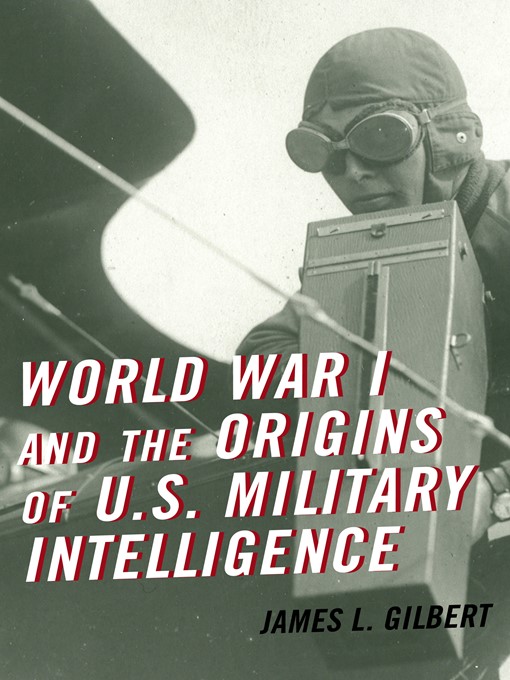- Read a Classic You Missed...
- Scifi Absolute Classics
- Contemporary Romantic Comedy
- If you like Danielle Steel, try these!
- If you like John Grisham
- Michael Connelly alike ebooks
- Fairy Tale, Myth, and The Hero's Journey
- New eBook additions
- Always Available Classics
- Invention, Innovation, and Inquisitiveness
- National Book Award Longlist ebooks
- And the Prize Goes to....
- Graphic Novels - they're not just for teens and children
- See all
- Full-cast recordings
- Get Your True Crime Fix
- Find and Listen to a Classic That You Missed...
- Read by a Celeb
- Listen to a New Series
- If you like Danielle Steel, Try These!
- Michael Connelly alike audiobooks
- If you like Stephen King...
- Fantasy here!
- New Audiobook Additions
- Audio available now
- Audiobooks with Great Narration
- Top Audiobook Narrators
- See all

